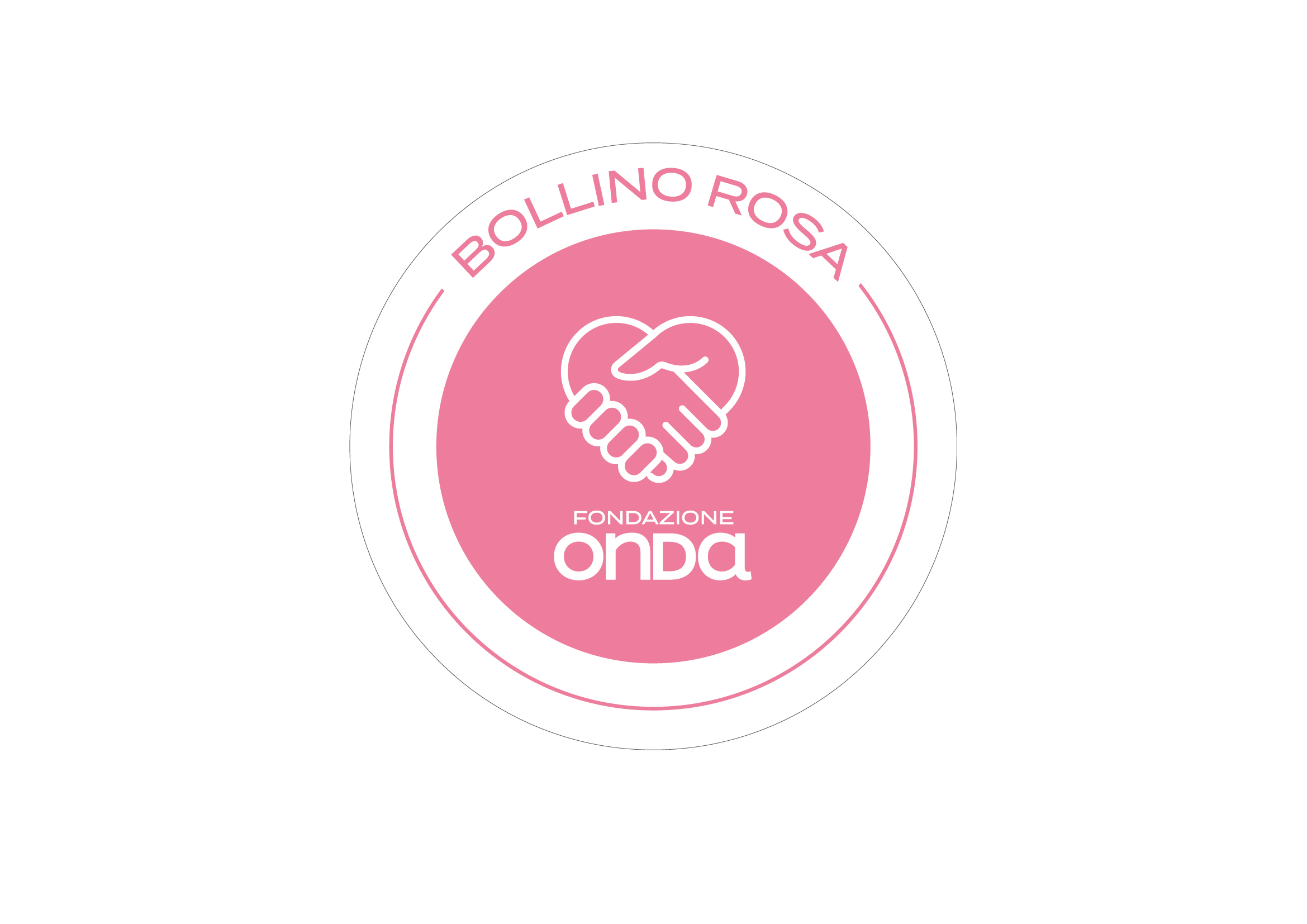Rhinomanometry
Rhinomanometry is a functional instrumental examination that allows measuring the possible reduction of airflow within the nasal cavities.
Nasal respiratory obstruction is a very frequent symptom in rhinological practice. The sensation of nasal respiratory obstruction can vary among patients as it changes according to the patient’s perception.
It is necessary to perform rhinomanometry to diagnose these symptoms (nasal congestion, breathing difficulty).
It is a short-duration, non-invasive, and non-risky test capable of detecting the pressures and flows that the airflow presents in its passage within the nasal cavities and calculating the nasal resistances (i.e., the obstacles that the air encounters in its passage within the nose).
At the beginning of the treatment, it is important to collect an anamnesis (patient’s history, family history, and any allergies, distinguishing between seasonal and perennial).
It is essential to know if the obstruction is:
- intermittent or continuous;
- worsened or reduced with certain body positions (supine);
- unilateral or bilateral;
- constituted by factors that can improve or worsen the onset of nasal congestion.
It is important to perform an objective examination of the patient to study the anatomy of the structures that are part of the nasal cavities, looking for the presence of:
- turbinate hypertrophy;
- septal deviation;
- nasal polyposis;
- other congenital anomalies (e.g., choanal atresia).
The radiological study completes the objective examination. At Casa di Cura Piacenza, it is possible to perform a study of the Computed Tomography (CT) which will allow detecting conditions not perfectly visible to the naked eye (e.g., concha bullosa).
Additionally, it is possible to perform a study through magnetic resonance imaging, possibly with contrast medium, to detect the presence of masses or neoplasms that can determine a picture of respiratory obstructions.
Rhinomanometry can be of anterior and posterior type.
Anterior rhinomanometry, the most commonly used, involves the patient generally seated, breathing alternately, closing one of the two nostrils within a mask fitted to the face with the mouth closed, where the flow is recorded by a sensor inside the mask and the data, reported on a graph, show the flows and pressures of the nasal resistances in the form of intersecting curves. These highlight the quality of nasal breathing and the level of nasal obstruction by the patient.
Through various measurements (postural maneuvers, use of nasal decongestants), it will be possible to trace the cause determining the patient’s sensation of nasal congestion.
Rhinomanometry can highlight the presence of pathologies, such as:
- turbinate hypertrophy;
- nasal septum deviation;
- nasal obstructions;
- polyps;
- mucosal inflammation;
- idiopathic rhinitis.
If the septal deviation, observed during the objective examination, does not change after the use of nasal decongestants, it is possible to intervene on the cause of the respiratory obstruction, making it resolvable only through surgical intervention.
Rhinomanometry can be a test to be performed post-operatively (e.g., septoplasty, turbinate decongestion), allowing the patient to measure their improvement in breathing.
It can be considered as a complement to the other tests within the context of obstructive sleep apnea syndrome, contributing to the diagnostic and therapeutic process.
PATIENT PREPARATION
It is highly recommended that the patient bring with them during the visit with the specialist all routine tests performed at the request of their primary care physician (blood test, urine test, etc.) and a note of the names of any medications taken daily or recently. There is no particular preparation required for the patient before undergoing the examination, but it is advised to perform rhinomanometry following the precaution of discontinuing, at least one week prior, the use of medications that may alter the final test results.
Doctors
Dott.ssa Vittoria Di Rubbo
Otorinolaringoiatria, Otologia, Chirurgia della Base Cranica, Neurotologia e Chirurgia Endoscopica dei Seni Paranasali
Dott. Giuseppe Fancello
Otorinolaringoiatria, Otologia, Neurotologia, Chirurgia della Base Cranica, Chirurgia Endoscopica dei Seni Paranasali, Laringologia
Prof. Mario Sanna
Otorinolaringoiatria, Otologia, Neurotologia, Chirurgia della Base Cranica
contacts
Via Morigi, 41
29122, Piacenza (PC)
Tel. (+39) 0523.751280
WhatsApp – +(39) 389.2625175
ufficio.privati@casadicura.pc.it
contacts
Via Morigi, 41
29122, Piacenza (PC)
Tel. (+39) 0523.751280
WhatsApp – 389.2625175
ufficio.privati@casadicura.pc.it









